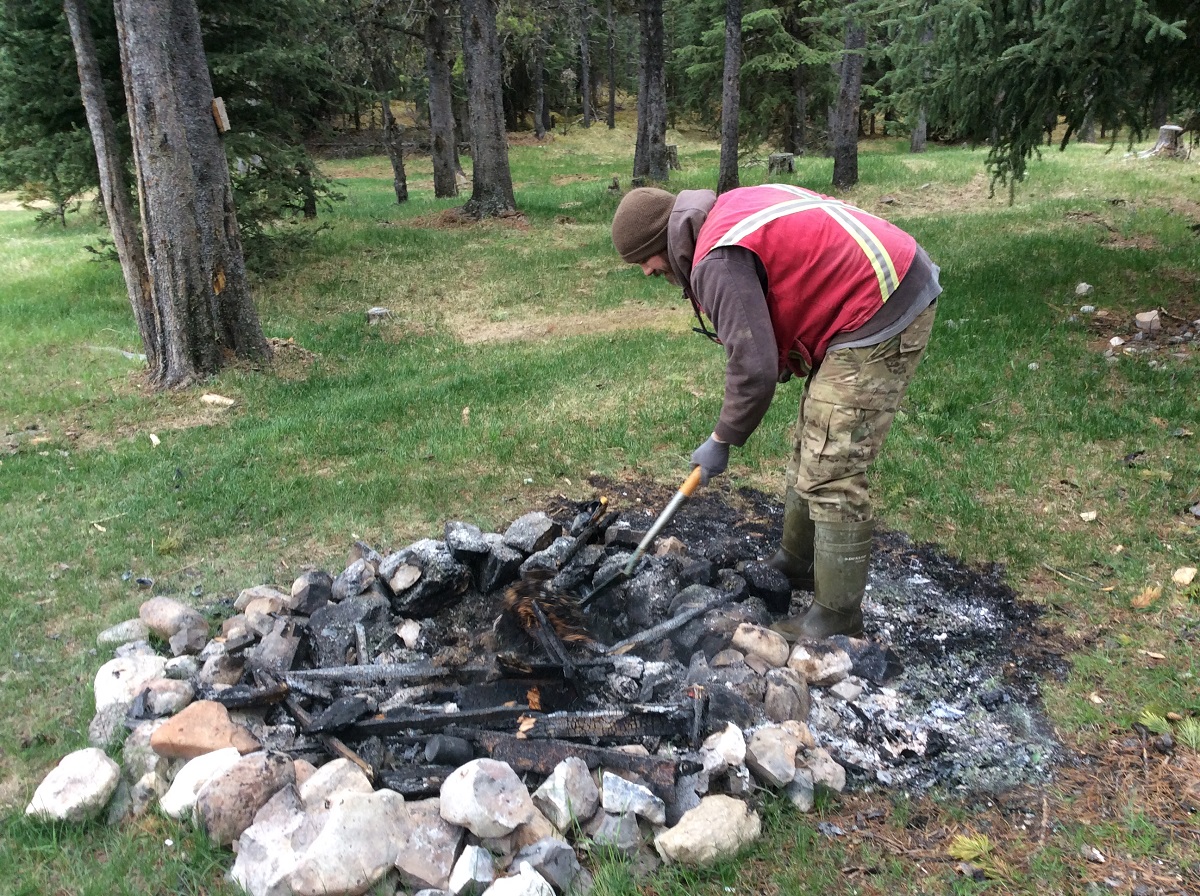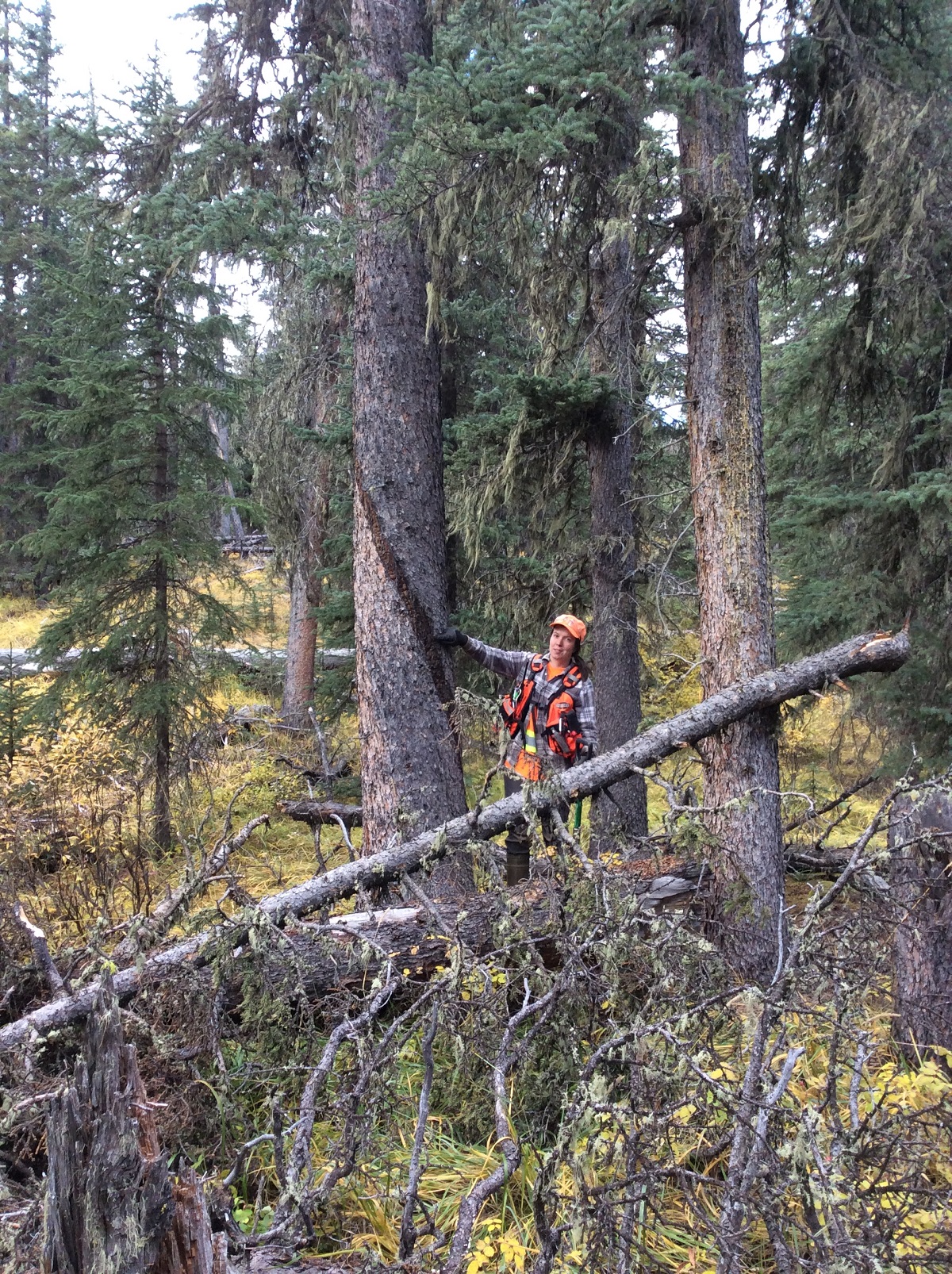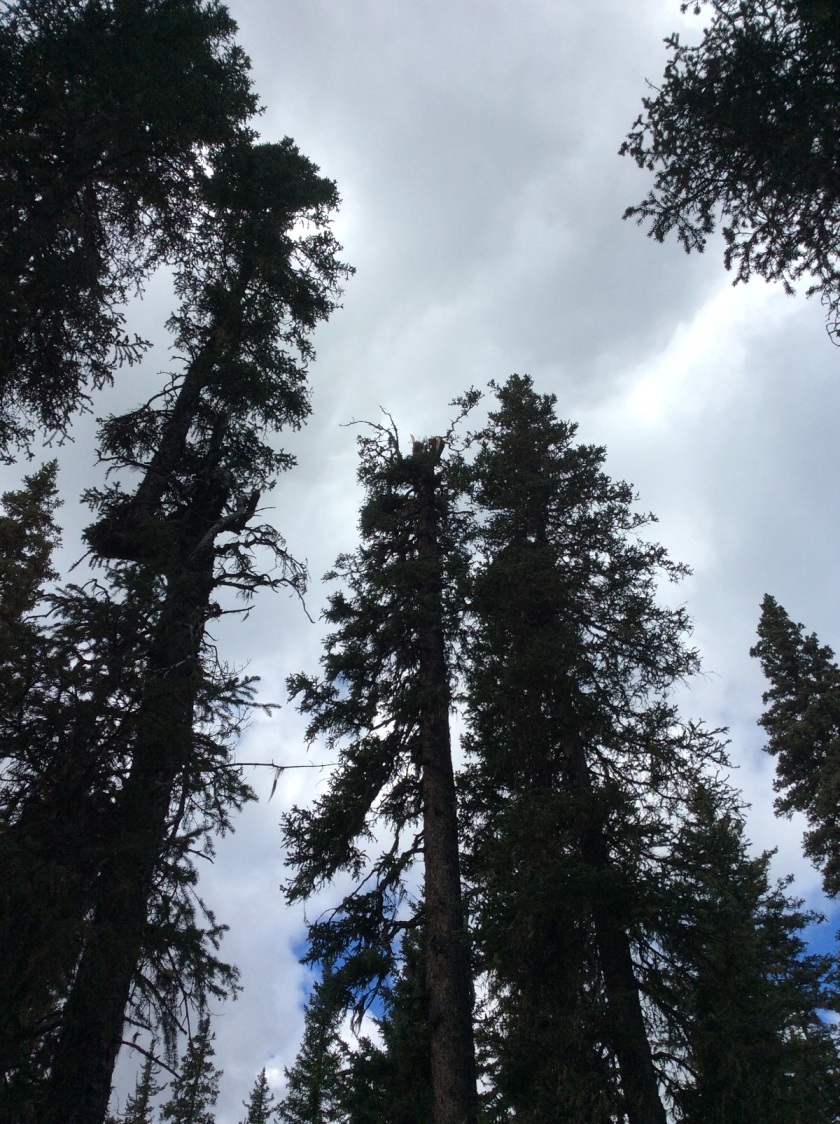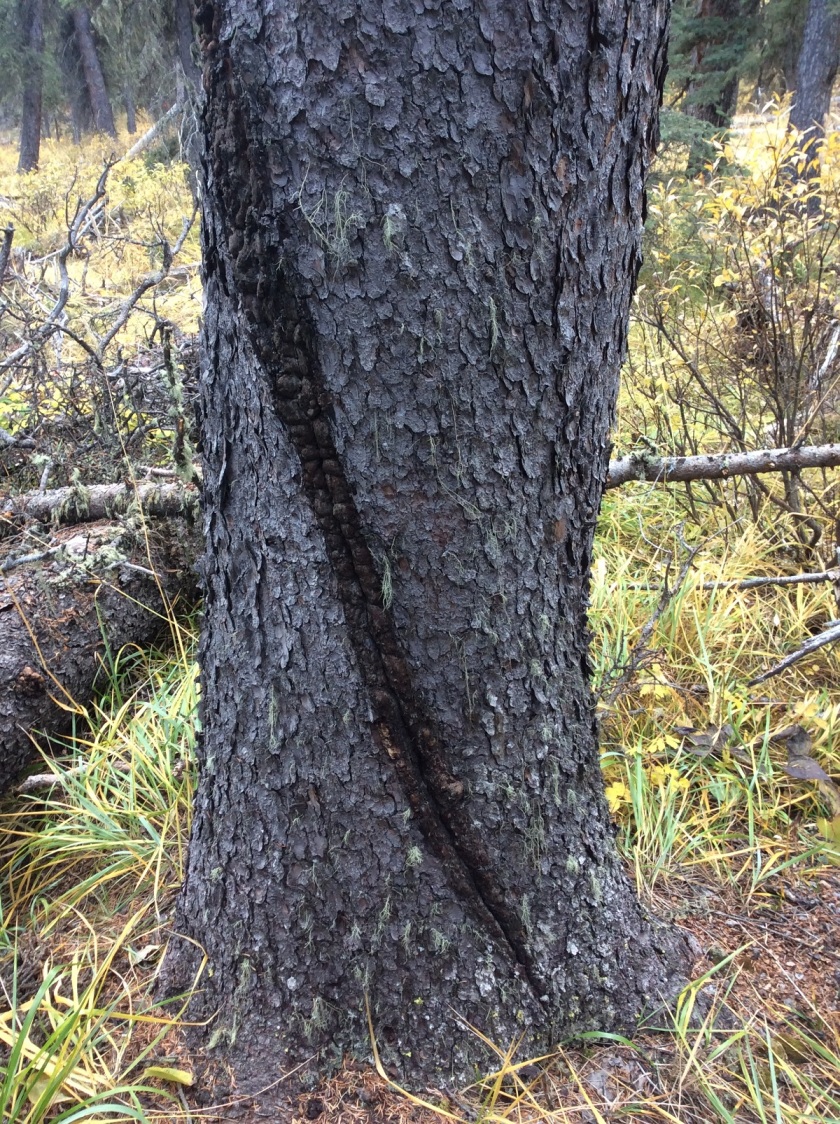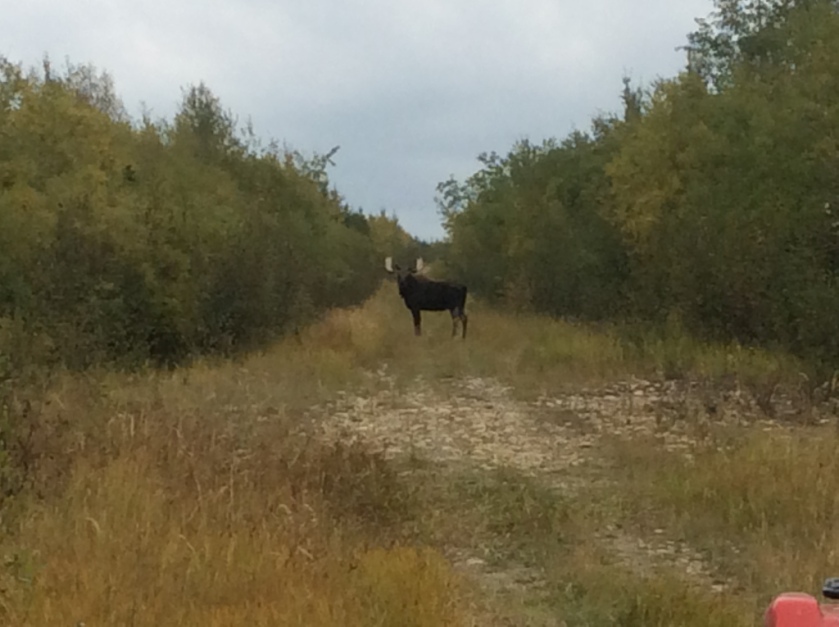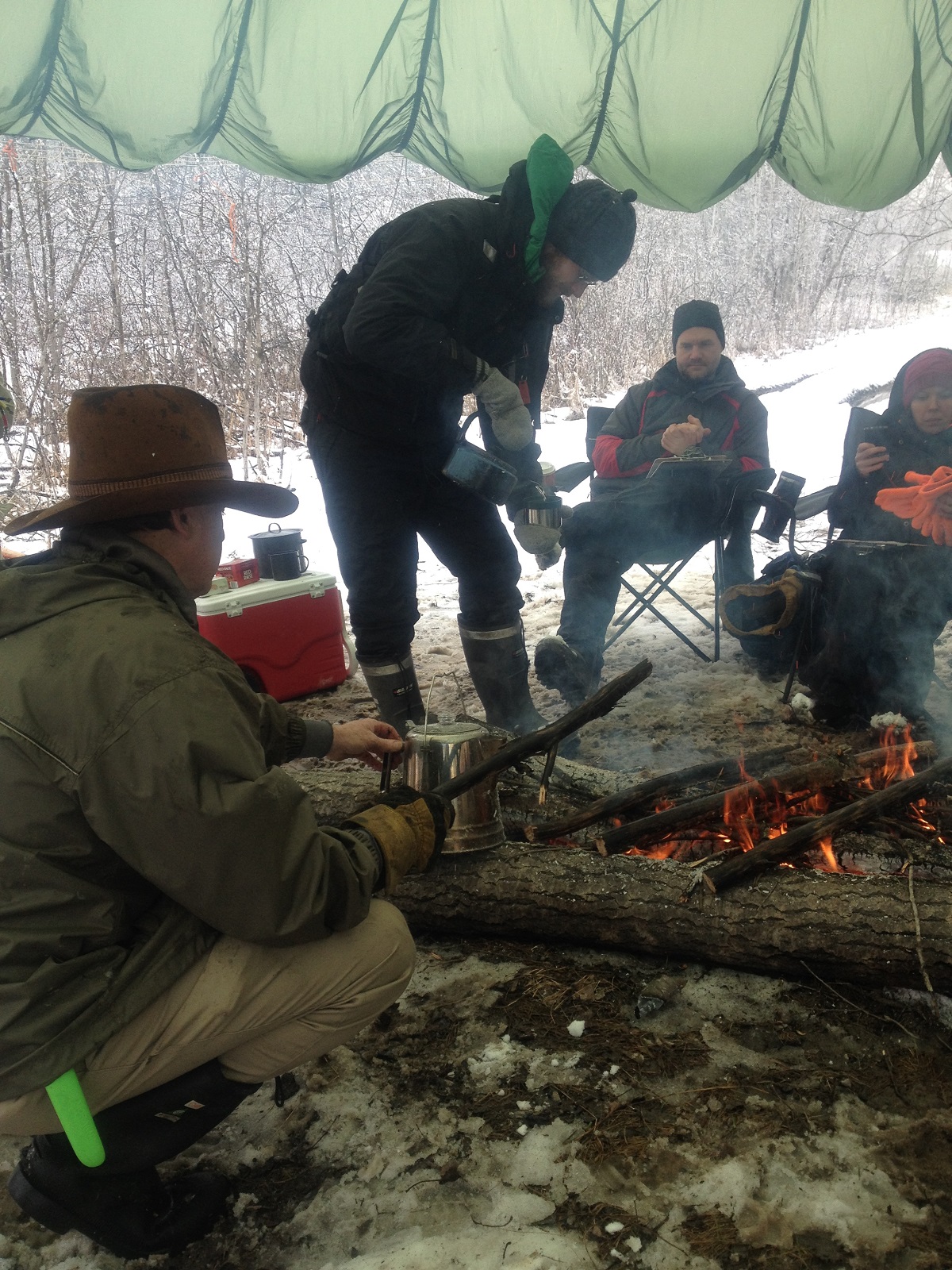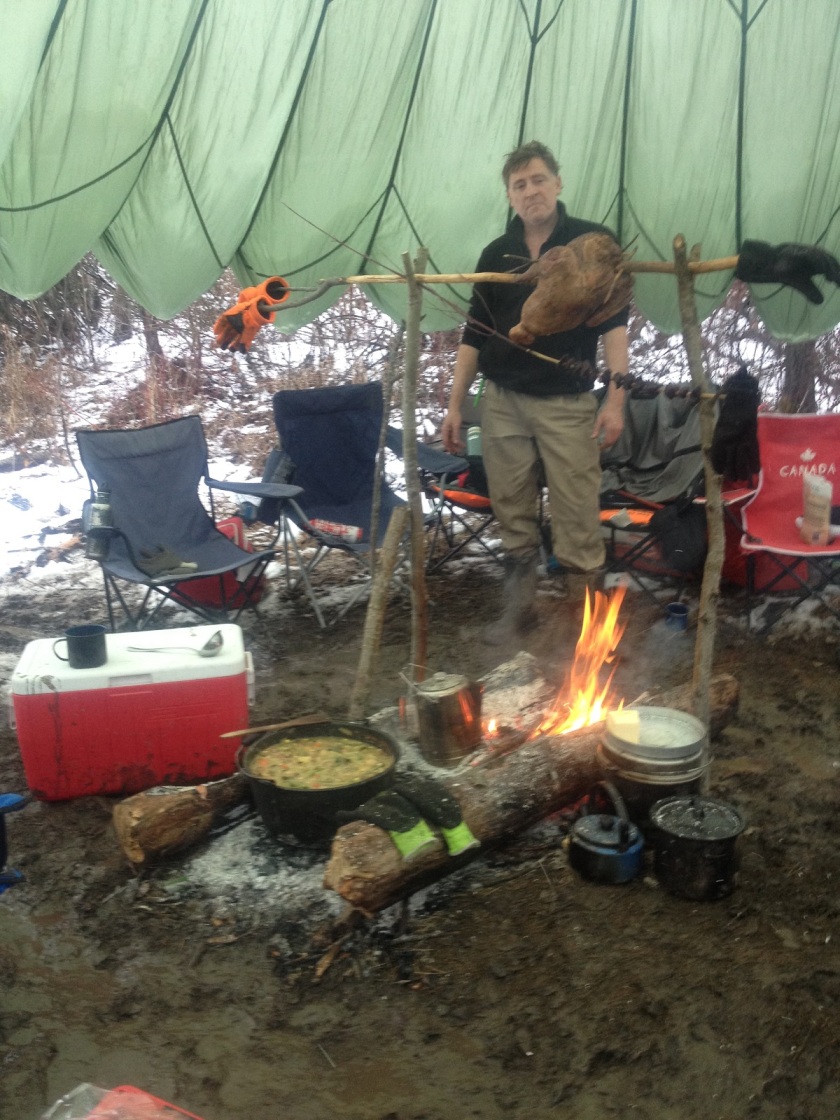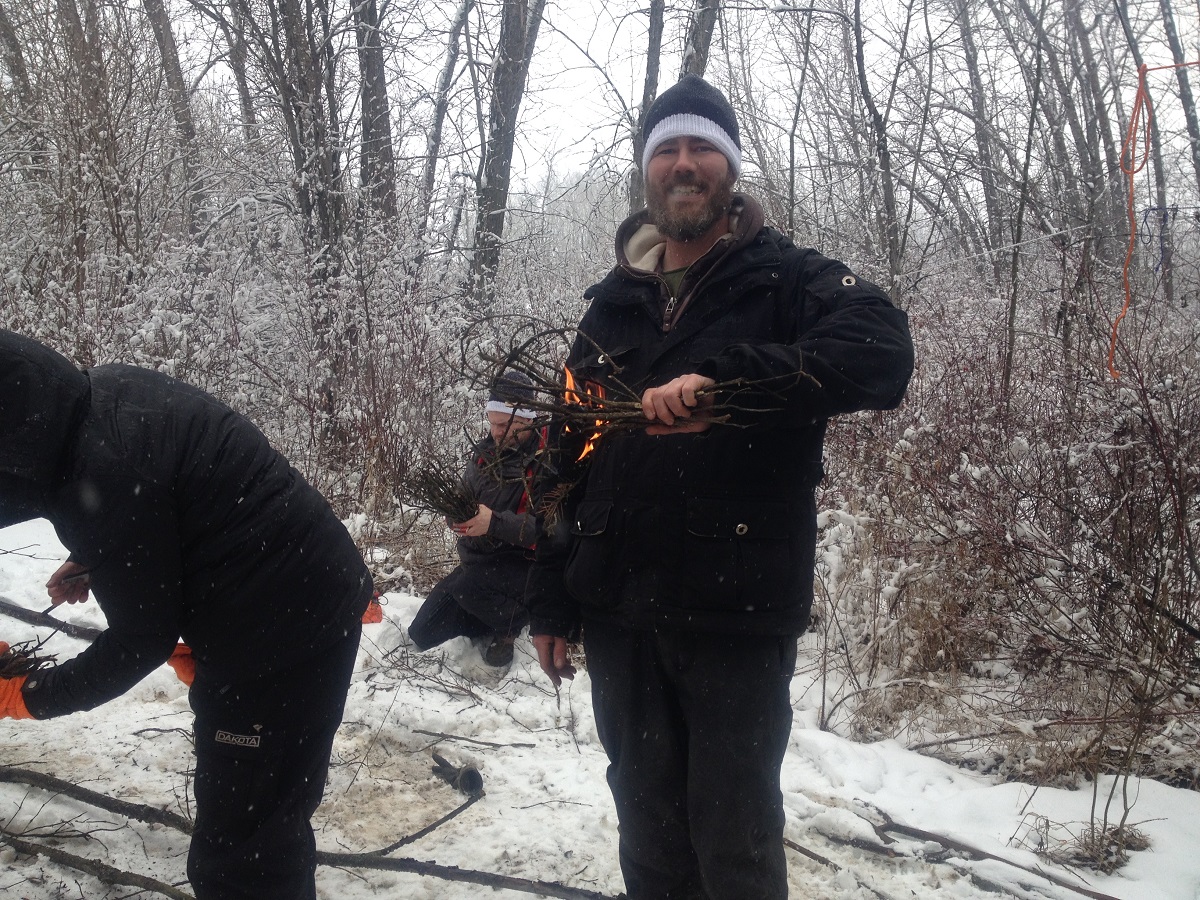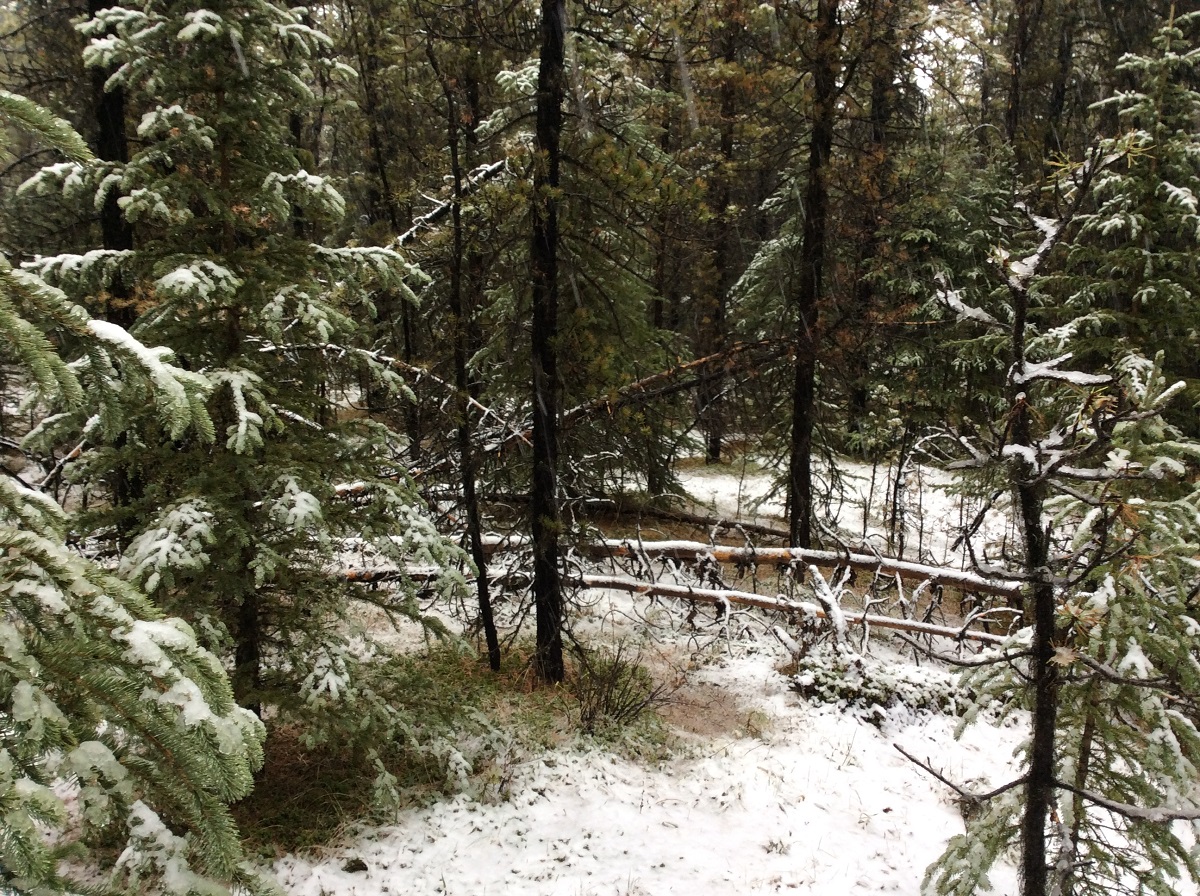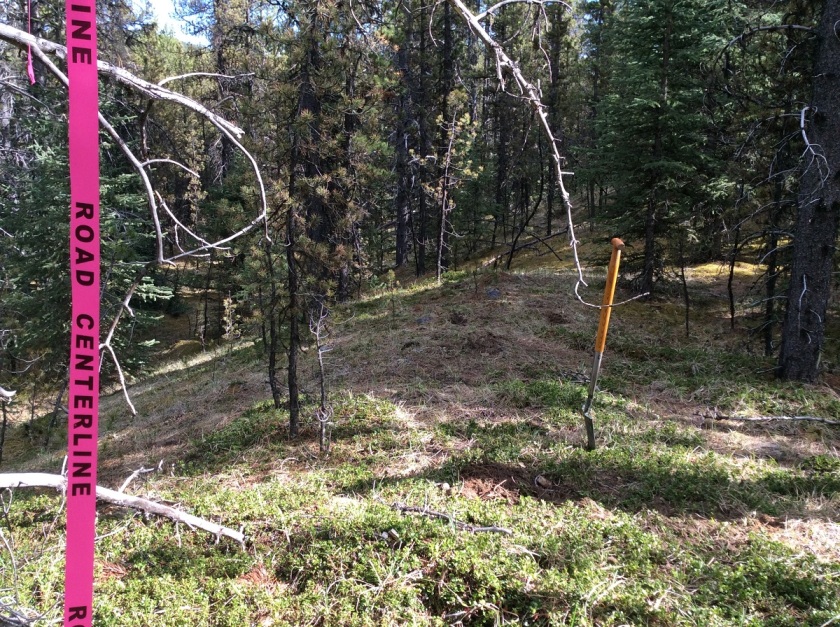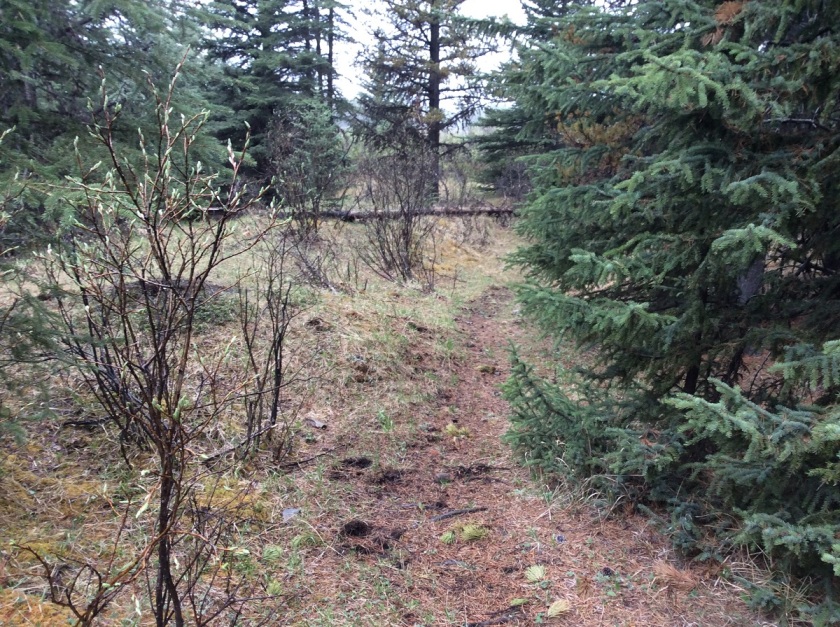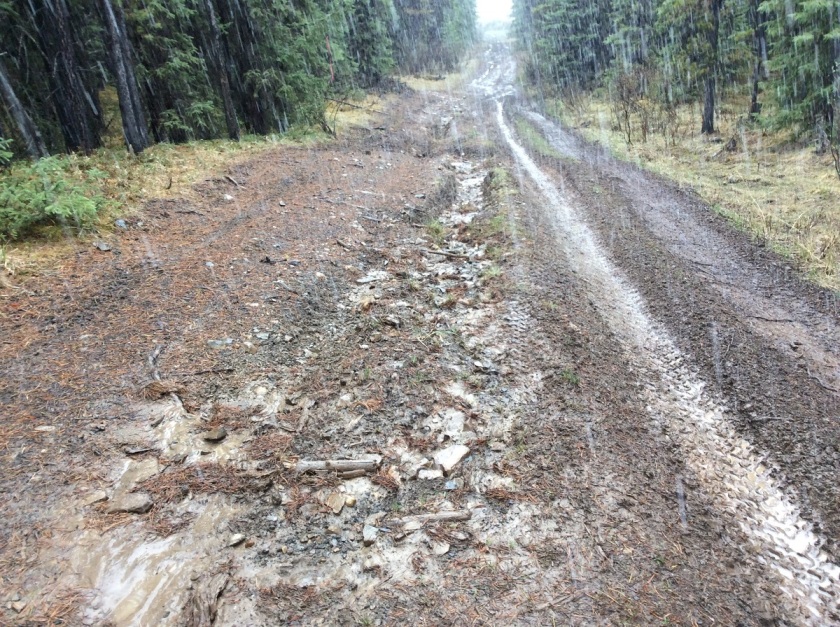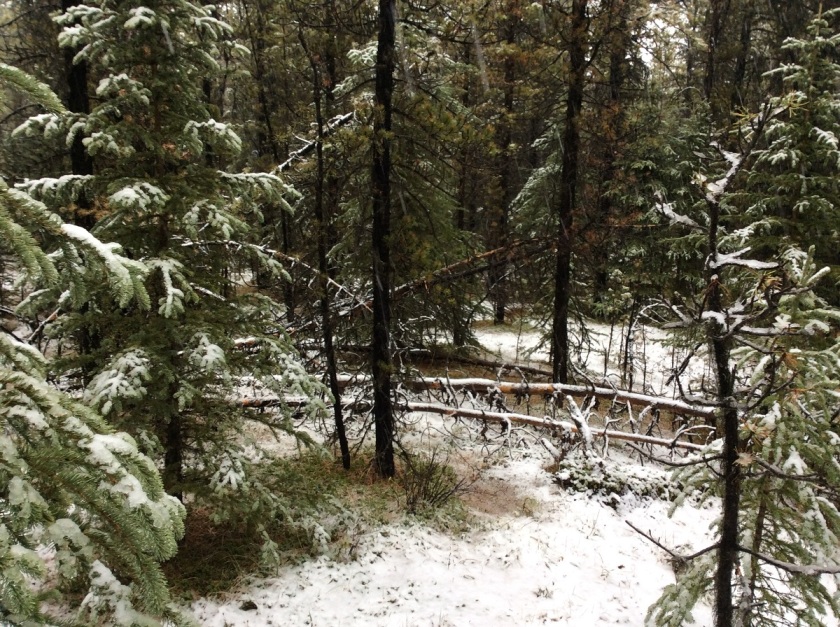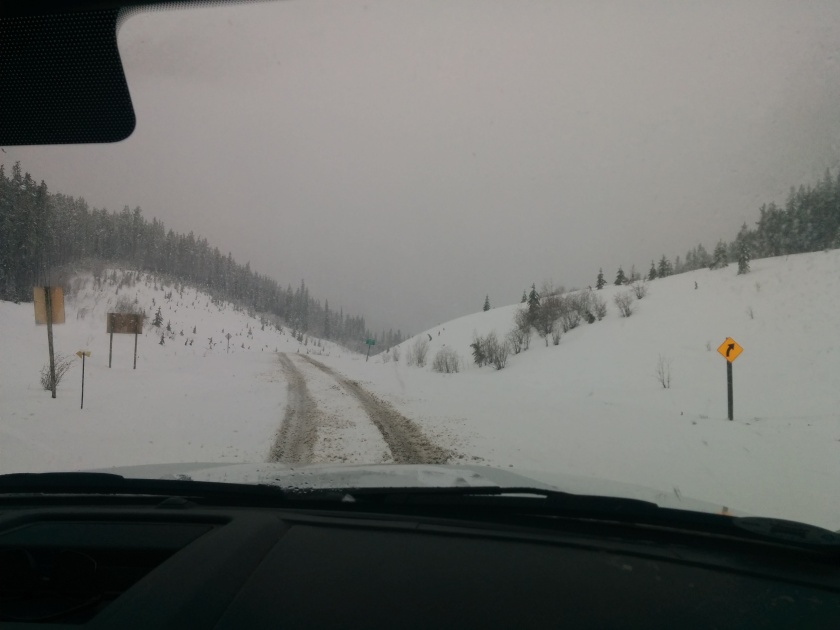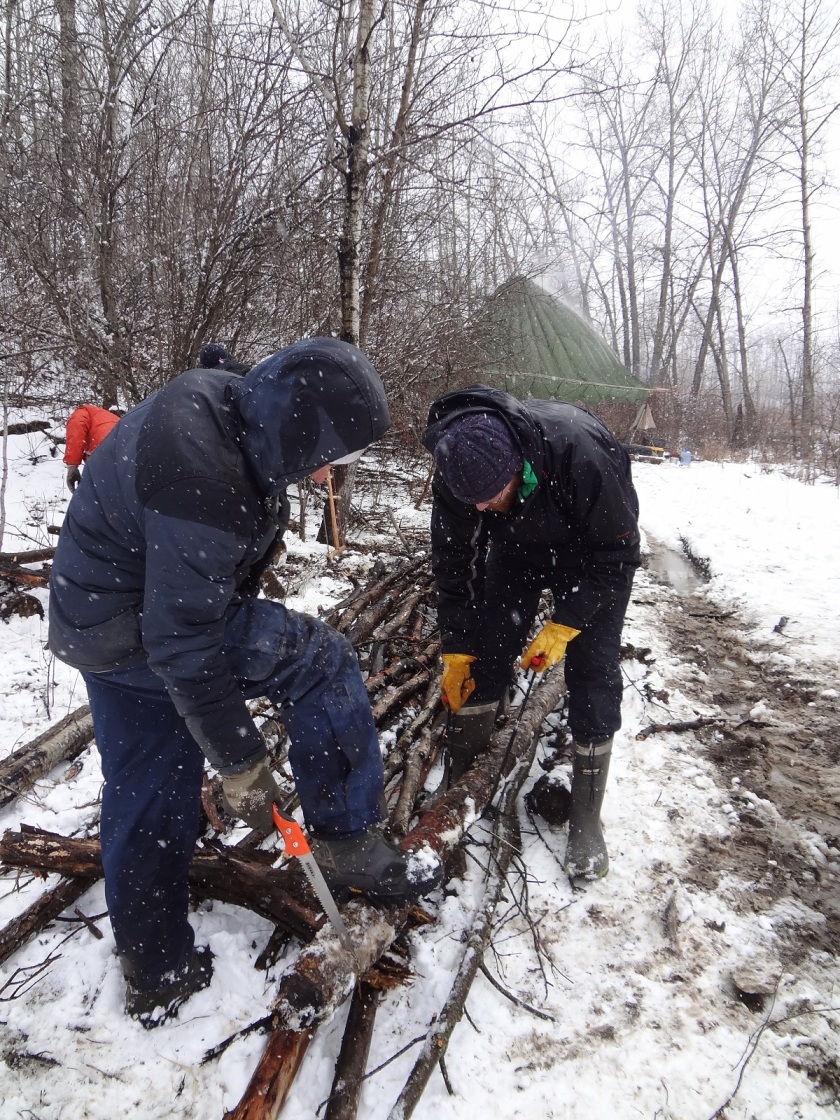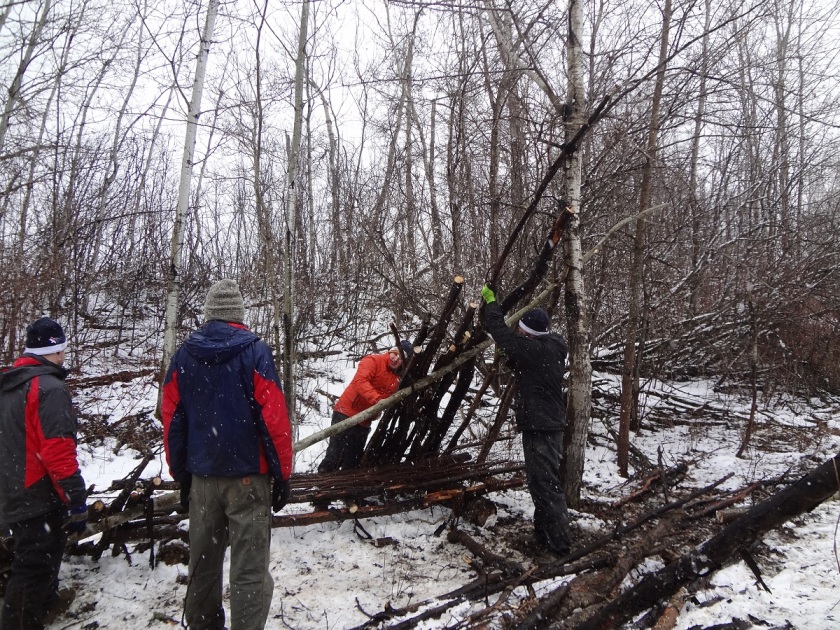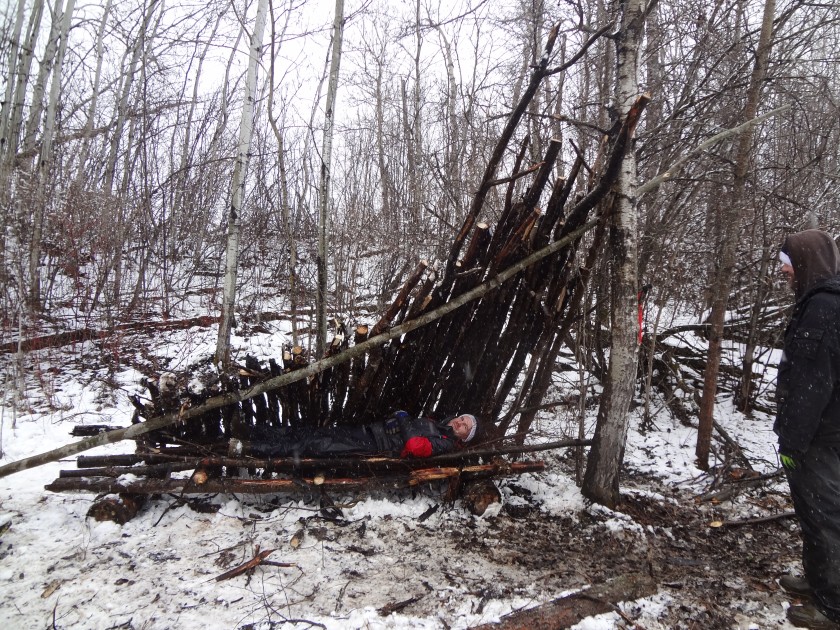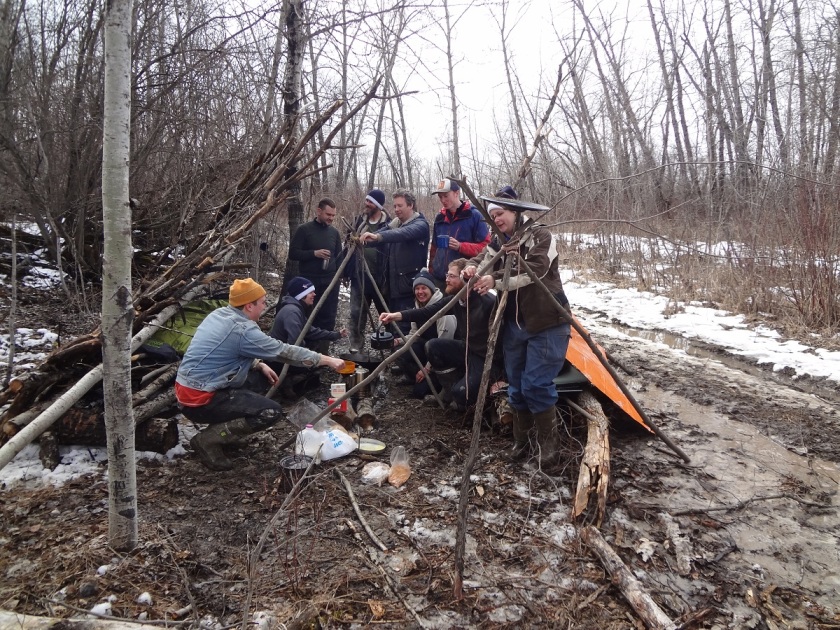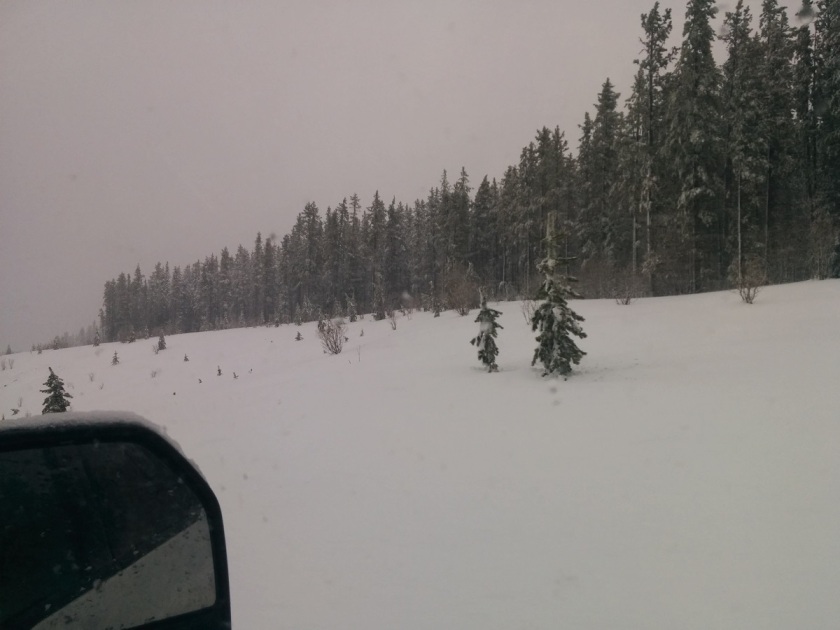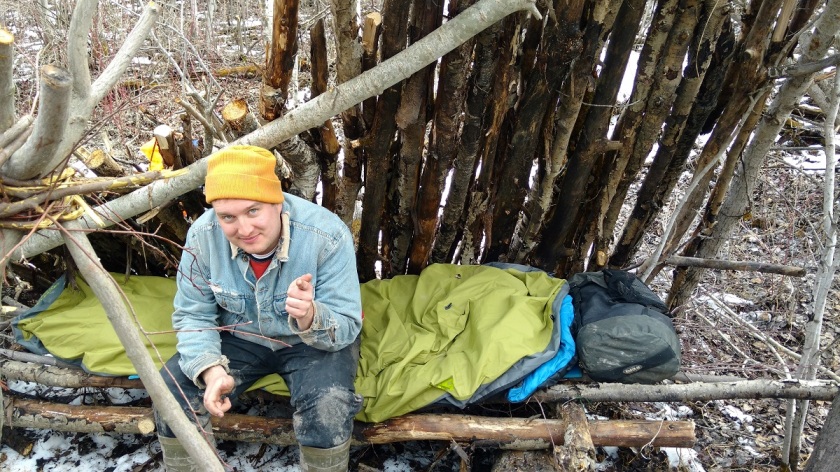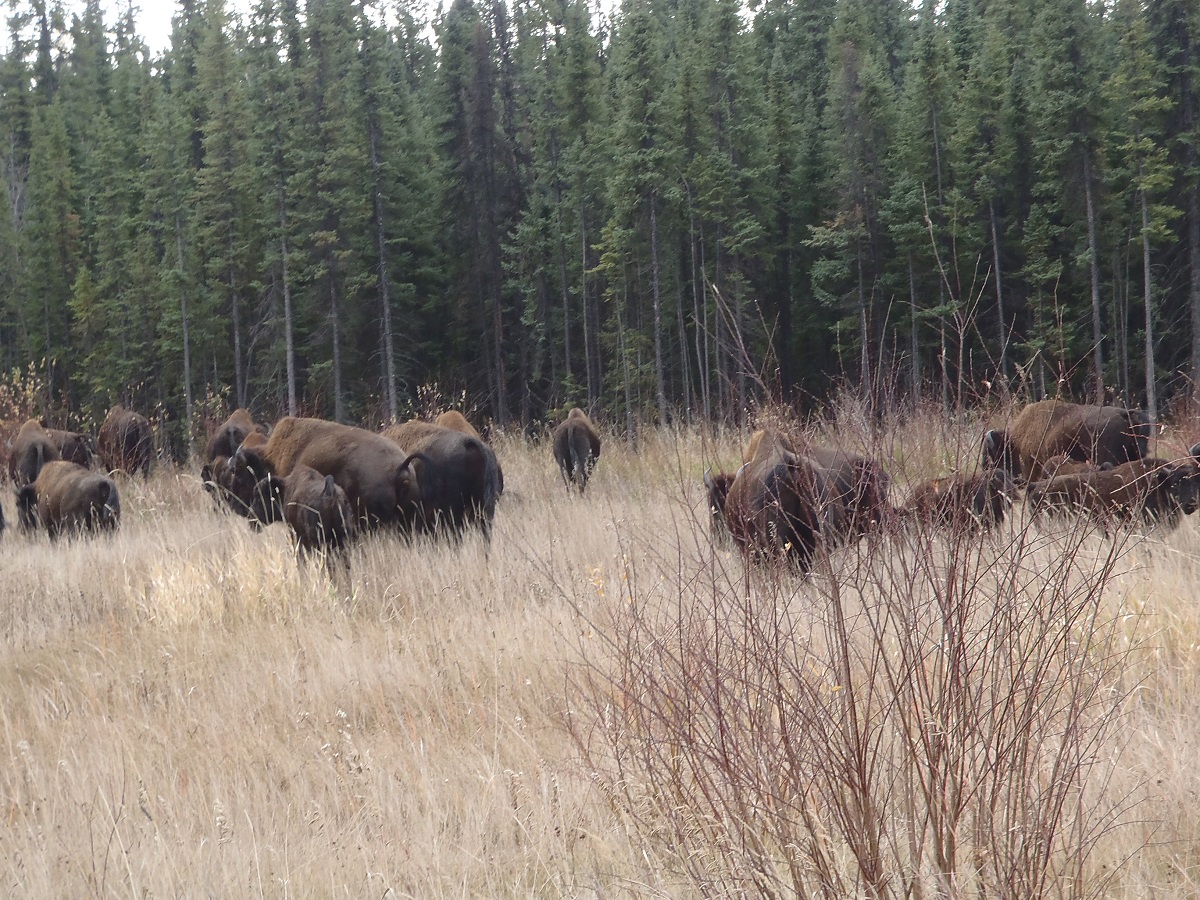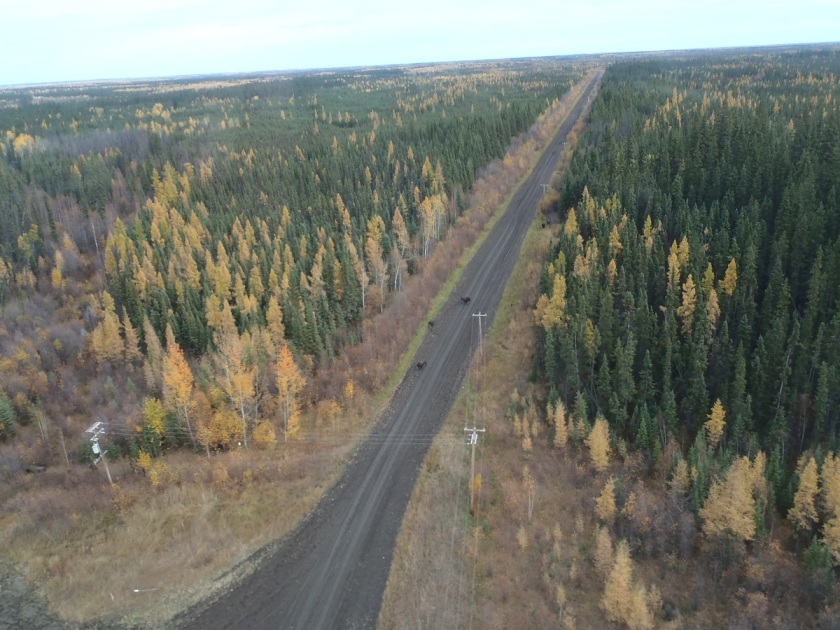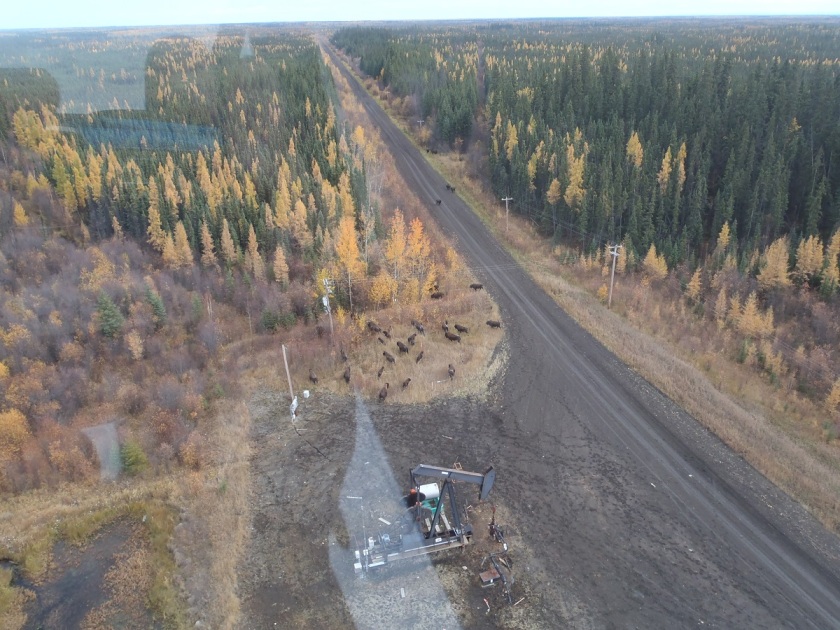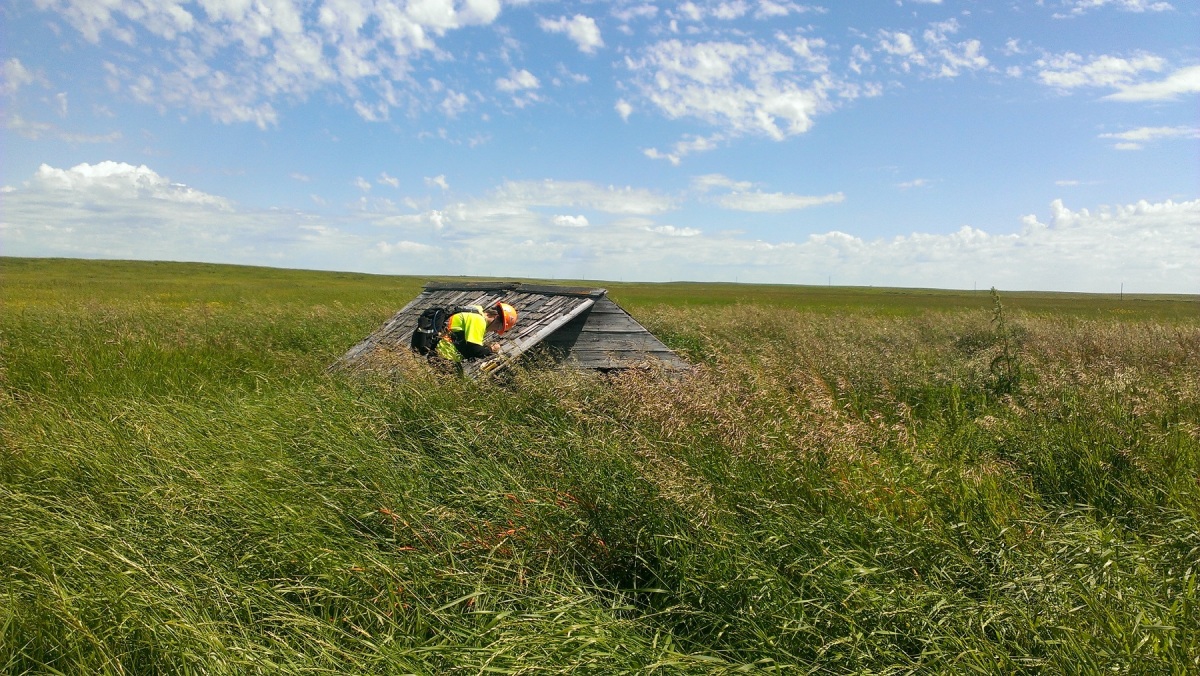It’s that time of year again! Living in Alberta, we all know how disastrous a forest fire can be. No one wants to see fires tear through their homes and communities, like what has happened previously to Fort McMurray or Slave Lake. These fires are dangerous, unpredictable, and destructive. Many of us at Tree Time have walked though the remains of a burned forest and have seen what is left behind. So here are some tips to remember while you are out camping and enjoying your campfire.
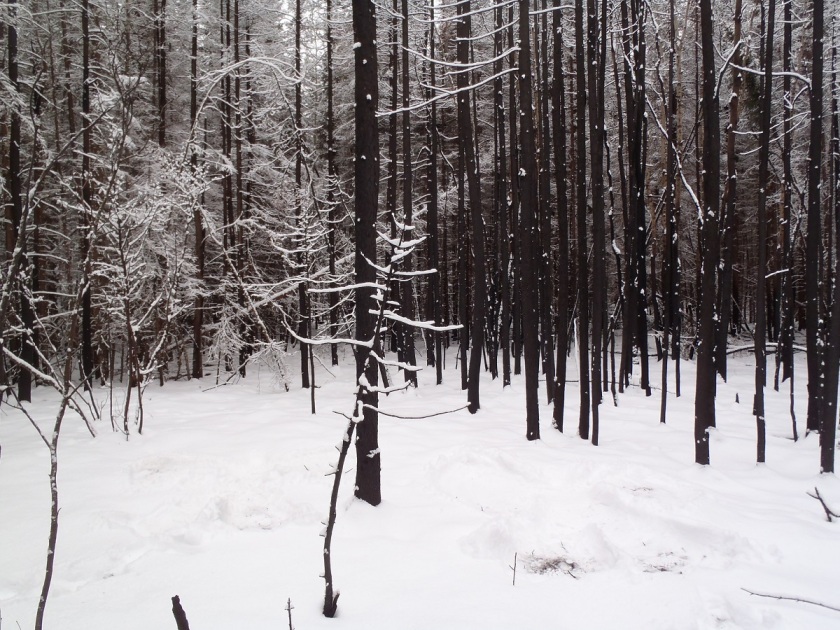
Building your fire:
- Check for a fire ban in your area. May can be a dry month, and it only takes one spark to start a forest or brush fire.
- Use an existing fire ring if you can, rather than build a new one. Make sure all vegetation or flammable materials (like leaves, sticks, spruce/pine needles, etc) has been cleared away up to 10 ft.
- If you have to build a new one, dig a pit 1 ft into the ground first and circle it with rocks.
- Select an open area with no overhanging branches, dense dry grass, logs, etc.
- NEVER LEAVE IT UNATTENDED!
Putting out your fire:
- Use water to douse that fire. If the fire burns too hot, it can still catch fire when the wind picks up, so make sure everything that remains is soaked through.
- Use shovels or a stick to stir the contents making sure everything gets wet and cools down.
- Touch it to be sure! People might think that they put out their fire, but debris (roots, moss etc) on or under the ground can catch on fire and spread the fire beyond the stone rings. You can see in the pictures that the area around this abandoned campfire has been burned.
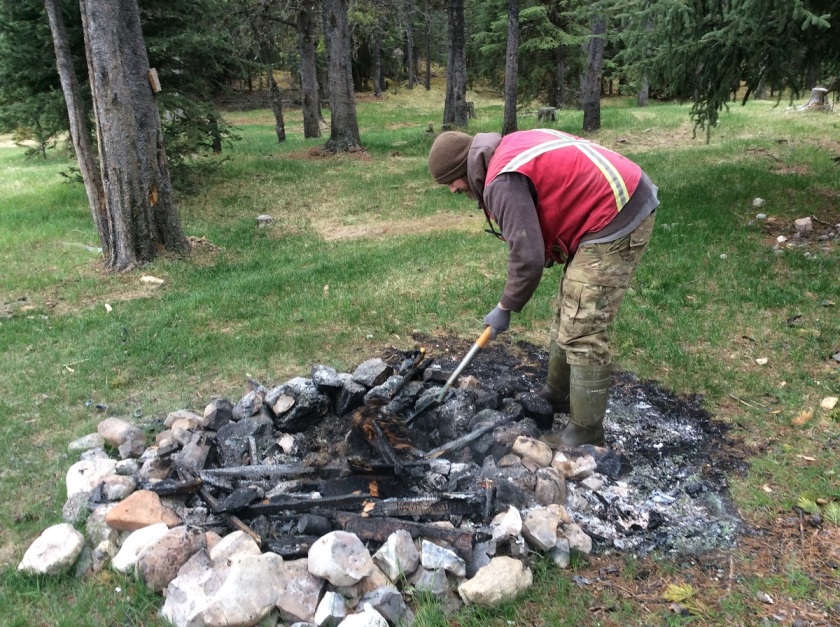
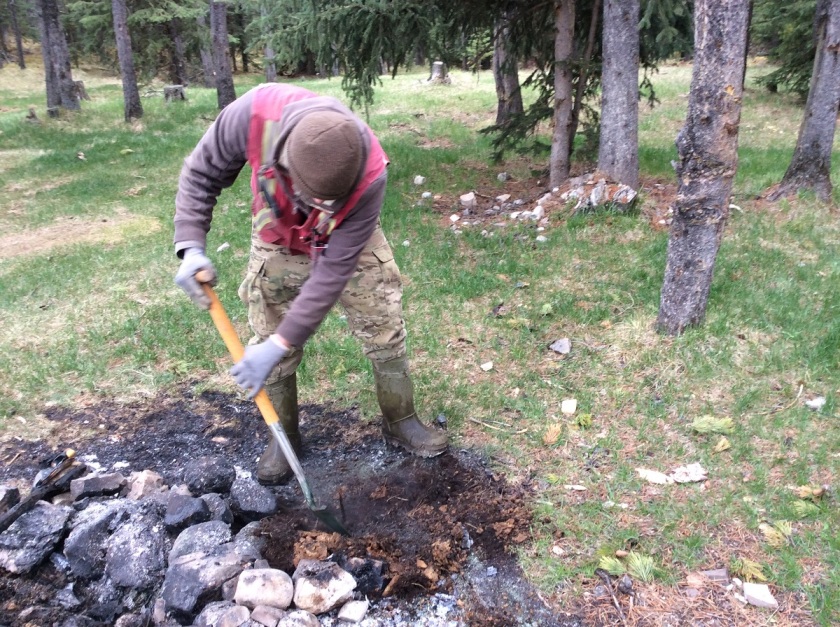
That is why it is so important to make sure that you have properly put out your fire. Please check out the Alberta Parks Website for great advice on campfire safety.
http://www.albertaparks.ca/albertaparksca/advisories-public-safety/outdoor-safety/campfire-safety/
http://www.ofc.alberta.ca/camping-and-outdoor-fire-safety
Also if you need to report a wildfire, call 310-Fire (3473). Never put yourself in danger.
We thought we would share this story in advance of the long weekend to remind people about campfire safety. Alberta is a great place and camping is an amazing way to experience it. So from us at Tree Time, we sincerely wish you a great long weekend and happy, safe camping.

